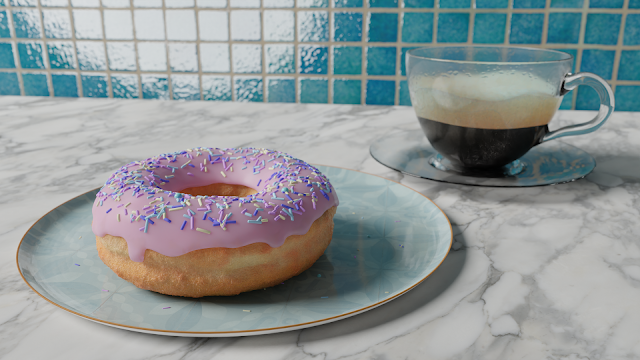In this exercise I am using Visual Studio 2017 and the std_lib_facilities header provided by Stroustrup.
Chapter 18 // Array Drills1 - Define a global int array ga of ten ints initialised to 1, 2, 4, 8, 16, etc.
2 - Define a function f() taking an int array argument and an int argument indicating the number of elements in the array.
3 - In f():
a. Define a local int array la of ten ints.
b. Copy the values from ga into la.
c. Print out the elements of la.
d. Define a pointer p to int and initialise it with an array allocated on the free store with the same number of elements as the argument array.
e. Copy the values from the argument array into the free-store array.
f. Print out the elements of the free-store array.
g. Deallocate the free-store array.
4. In main():
a. Call f() with ga as its argument.
b. Define an array aa with ten elements, and initialise it with the first ten factorial values (1, 2*1, 3*2*1, 4*3*2*1, etc).
c. Call f() with aa as its argument;
I will admit the memcpy got me first time as I read it too quickly and was like "ah yes, destination, source, number in array".....it's the number of bytes in the array, so arraySize*sizeof(int).

